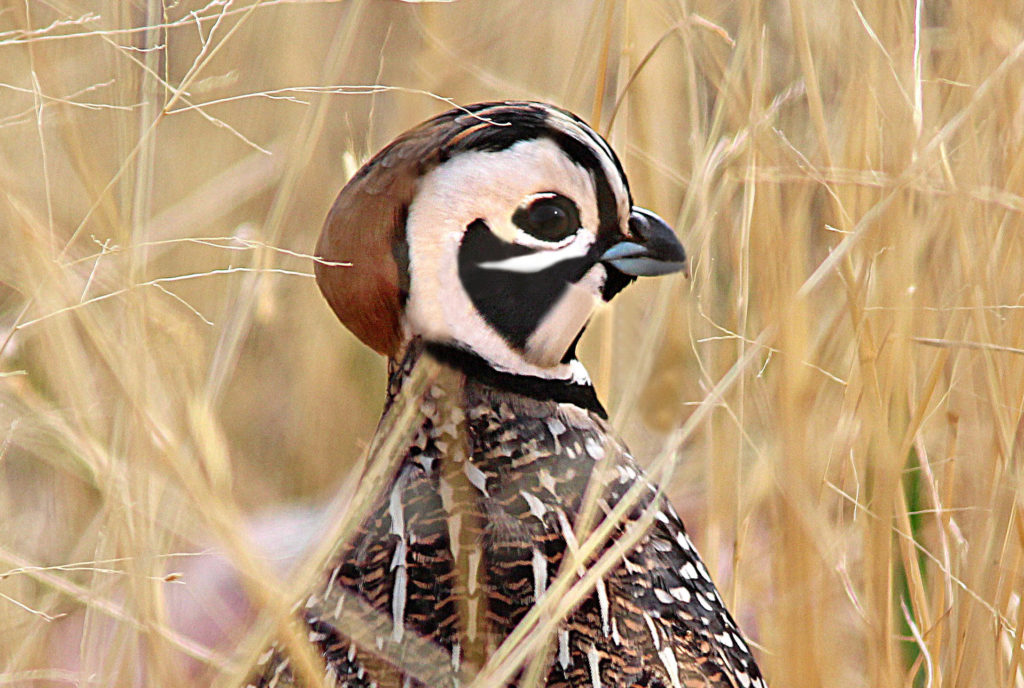You’ve heard the saying that New Mexico is the “Land of Enchantment”. It’s a cliché for sure, but many of us really are so lucky to live in such a magnificent place. Open landscapes and beautiful mountain ranges are everywhere. It’s also relatively easy for us to access natural areas where we can observe plants and wildlife, hike, enjoy the silence, see the stars, and breathe clean air.
Unfortunately, some of our communities aren’t so lucky. They see the harm big oil and gas can do to a community and the public health risks associated with this industry. While fighting to protect these affected communities is of the utmost importance, we tend to overlook other communities that are very much affected too. Our local wildlife and vegetation face a constant threat from big oil and this in turn greatly affects human life. Protecting natural areas conserves these resources, along with our ability to hunt, fish, and grow food for current and future generations.

New Mexico has over 4,500 known native species, which is incredible. We have the 4th highest species richness of any state. This means we have intact ecosystems or natural communities and rich biodiversity with a large variety of life. So far New Mexico has been somewhat protected from overdevelopment and this has resulted in sustaining many natural areas we can enjoy, but also affording the native species that live there a sustainable habitat. However, the oil and gas industry in New Mexico is growing, and with this comes serious threats to the natural areas we love.
Plants and wildlife consistently face changes to their habitat. This is also known as habitat fragmentation. This can result in terrible consequences, including habitat reduction, disruption, or loss of a species range and home entirely. This can be too much to overcome and lead to local extinction (extirpation) or a total extinction of a species. We are currently experiencing the 6th great extinction. This extinction event is a result of human activity driving habitat loss. What is especially concerning about this event is that it is estimated to be 1,000 times the natural extinction rate (background rate) or pre-human extinction rate. Current estimates show we have lost over 65% of all vertebrates since 1970. This means that over half of all birds, fish, amphibians, mammals, and reptiles have gone extinct in just over 50 years. Insect populations (as well as pollinators) are following a similar trend. In this same time human population has more than doubled.
Oil and gas facilities disrupt habitats in a number of ways. The facilities themselves require clearing of any plants for the immediate facilities. The sites also require roads that disrupt the natural balance by changing the landscape. Those changes include,
- fragmentation and habitat loss results in species interacting with other species they normally would not–this often results in increased disease transmission;
- habitat corridors cut off entirely to protect sites that can result in a species not being able to access their range, something that in turn can limit food resources as well as the ability of a species to disperse seeds for native plant reproduction;
- disruptions to mating by ground dwelling birds (such as quail and Greater sage-grouse) that are impacted by background noise;
- disturbing circadian rhythms for many species of wildlife, plants, fungi and bacteria that can negatively affect food availability, migration, hibernation, and reproduction;
- Perhaps the most alarming for people, the bioaccumulation of chemical toxins released at oil and gas sites that can be stored in the plants we eat, in the animals that sustain us, and well, us too.
We often see ourselves outside of the natural world. It’s easy to understand how we can feel that way. After all, we live in fabricated spaces and over time have become disconnected from natural spaces. The reality is much different. We still are very much interconnected with the natural world. No matter how surrounded by convenience and human-made constructed materials, we still very much are a part of nature. We depend on plants and wildlife for healthy soil to grow food but to also maintain healthy water resources and clean air. Our very existence depends on the sustainability of all the living things around us. Those who aggressively push for further production of oil and gas do not consider these basic needs. This industry instead strips us of life sustaining necessity.
There is hope though. Frontline communities around the world recognize these very real threats and are working to mitigate them. Urban green spaces, urban forestry programs, urban wildlife conservation projects, habitat restoration projects, and environmental organizations working to regulate the oil and gas industry are more common than ever. More people are starting to realize human connectedness to nature. We have to and we are. This should give us all hope and we really need that right now.
Your Support Makes Our Work Possible
Earthworks helps families on the front lines of mining, drilling, and fracking. We use sound science to expose health, environmental, economic, social, and cultural impacts of mining and energy extraction. To support our efforts, please consider a tax-deductible donation today that will go toward our work reforming government policies, improving corporate practices, influencing investment decisions, and encouraging responsible materials sourcing and consumption.
